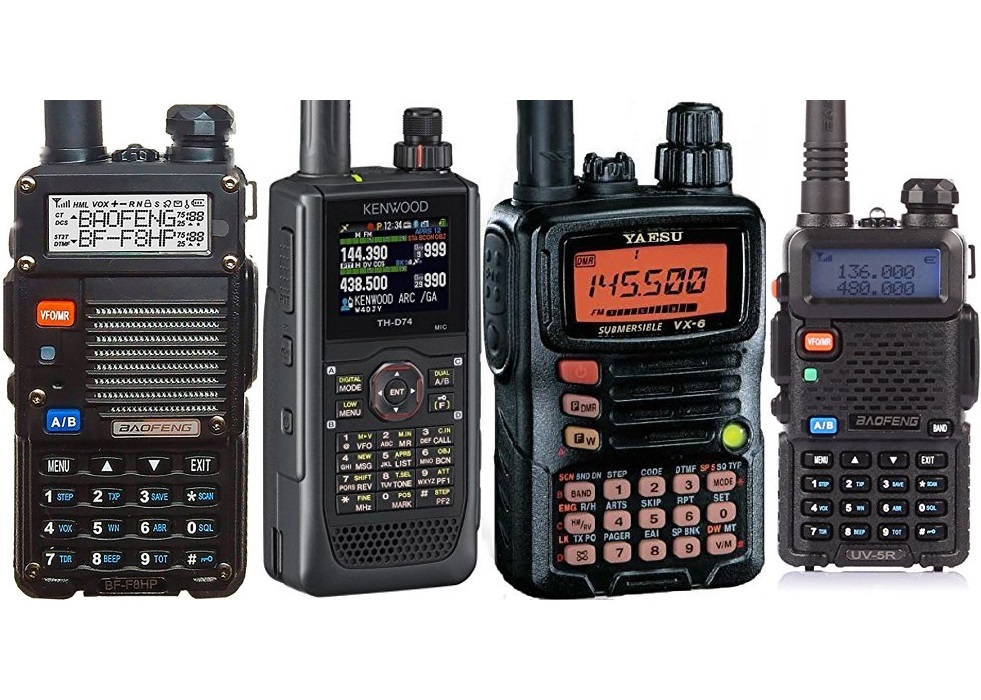
Different flavors tend to operate on the same frequency to stir up activity.Ĭommonalities among conversational modes include the RSID (Reed-Solomon Identification) tones which universally identify a digital signal at the beginning and, occasionally, the end of a transmission. It won’t be uncommon to hear these modes in other portions of the data sub-bands. There is a lack of consensus on some of the exact frequencies. This indicates that the advantage is not necessarily in speed but which mode works better in a situation. PSK-31 and RTTY-45, for example, took about 2 minutes. The results were close between equivalent modes. I recorded how long it took to transmit the message in minutes and seconds to compare the speed of each flavor.


The text was one paragraph of “Lorem Ipsum” with 83 words consisting of 569 characters. Others will pop up on the bands from time-to-time too or you may choose to play around with a buddy using other modes.įor the popular flavors of these digital modes, I performed a transmit time test. All, except Olivia, are available on the W1AW digital operating schedule. These modes include (in order of popularity): PSK, RTTY, MFSK, and Olivia. Conversations can be about anything – the weather, where that person lives, traveling, or life stores – for as long as you want. The other station does the same in return. One station sends a message to another station. Best way to describe these is the instant messaging or text messaging of ham radio digital modes. Got a new rig for Christmas? How about working digital? The most popular digital modes in ham radio are conversational modes (keyboard-to-keyboard). Read the rest of the series in the Digital Communications in Amateur Radio articles category.

This article appeared in the The Wood County Amateur Radio Club newsletter CQ Chatter February 2017 edition.


 0 kommentar(er)
0 kommentar(er)
